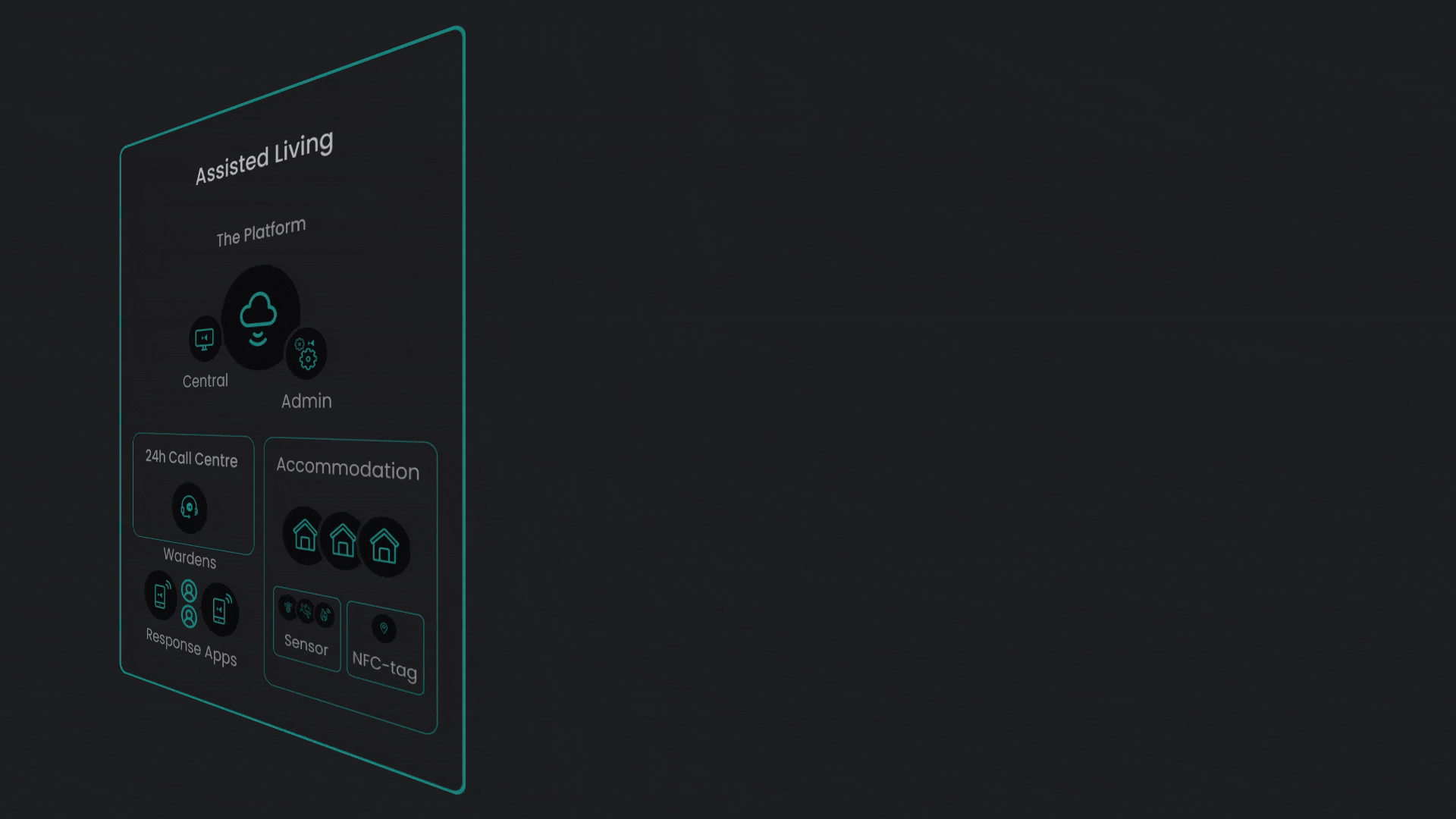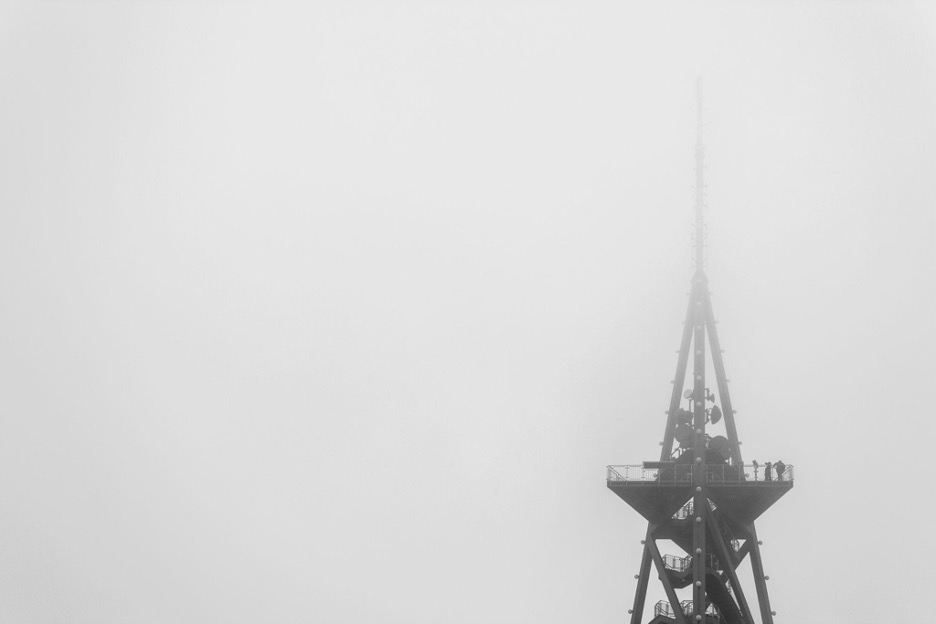The analogue switch-off is set to take place in the United Kingdom by 2025. While it is true that we are still a few years away, making light of this situation and not making the necessary preparations as early as now for the analogue to digital switch poses many risks to solutions providers, care providers, and care receivers.
A thorough look at the analogue to digital switch
Once the digital switchover takes place in the UK in 2025, analogue platforms and the devices and systems that rely on these platforms will simply cease to function. These include landline phones, analogue surveillance systems, fax machines, and alarm systems. While this may sound drastic and sudden, it is important to note this change is already taking place in some of the countries in Europe and the rest of the world. And some countries have transitioned straight into more advanced and modern digital platforms and smart solutions.
Some might also argue their current analogue systems are meeting their needs just fine today. While this might be true, moving to digital platforms provides a plethora of solutions and options that analogue systems simply cannot match, and the important role of new and modern systems in elderly care must also be emphasized. Systems based on digital platforms are much more capable and efficient than conventional analogue systems.
Read more: Analogue to Digital Transition: What are the Risks of Using Analogue Care Alarms?
The downsides and potential risks posed by analogue platforms today
Aside from the devices and systems based on analogue platforms completely being defunct in 2025, staying on analogue platforms today and refusing to switch to digital platforms as early as possible also has downsides. These downsides include:
- Costly and frequent maintenance
The maintenance of analogue alarms and other analogue systems is still highly reliant on human input. In contrast, digital systems can be updated and maintained through software and firmware updates that can be delivered instantaneously—this is already much more convenient for both the users and the providers.
- Analogue systems are not as efficient and accessible as digital platforms
With digital and smart solutions, alarms, calls, and emergency alerts can all be delivered and received by devices connected to the alarm system. This includes personal devices at home, such as smartphones and personal computers that are integrated into the alarm system. Furthermore, these alarm calls can be made by anyone granted access to the system, including immediate family members, relatives, and care providers.
- Analogue systems and devices are not as quick and reliable as digital solutions
Since most analogue systems were not built with interoperability in mind, escalating calls and emergency prompts can take a while since these can only be done through a limited number of devices. With digital solutions, forwarding and escalating calls can be done quickly since every device can be integrated into an interoperable platform.
Modern and innovative elderly care solutions available today
Thanks to technological advancements and innovations, modern devices and systems that address complex and specific problems are now available in the market today. Some examples are wearable sensors that come in the form of watches, bracelets, and even pendants.
In addition to constantly monitoring patients’ health status, these devices can also reliably detect motion and recognize and log falls based on sudden and unusual movement.
Another modern and specific example is the smart sensors placed on diapers that can reliably monitor the saturation levels of the diapers. Medication robots also exist today, and this is a very important innovation as many deaths in Europe are attributed to improper adherence to medicine intake. More importantly, these robots can be programmed to specific medication regimens of the care receivers.
Smart cameras and smart surveillance systems are also available today. These modern-day solutions can address privacy and reliability concerns associated with old and outdated cameras based on analogue systems. To appreciate the amazing functionalities of these devices, users can configure these cameras to face only the ceiling or other non-intrusive parts of the room, except during scheduled surveillance periods.
Make the transition to digital platforms today with Skyresponse
While there are many disadvantages associated with analogue systems today, the upside is that there is still time to switch, and having capable platform providers available today can make the transition as seamless as possible.
Skyresponse provides a 100% cloud-based, future-proof, and interoperable platform that can make the transition from analogue systems and platforms as seamless as possible. With the platform of Skyresponse, solutions providers can easily implement modern devices and systems available today while always having the option to further scale their system based on the users’ needs.





